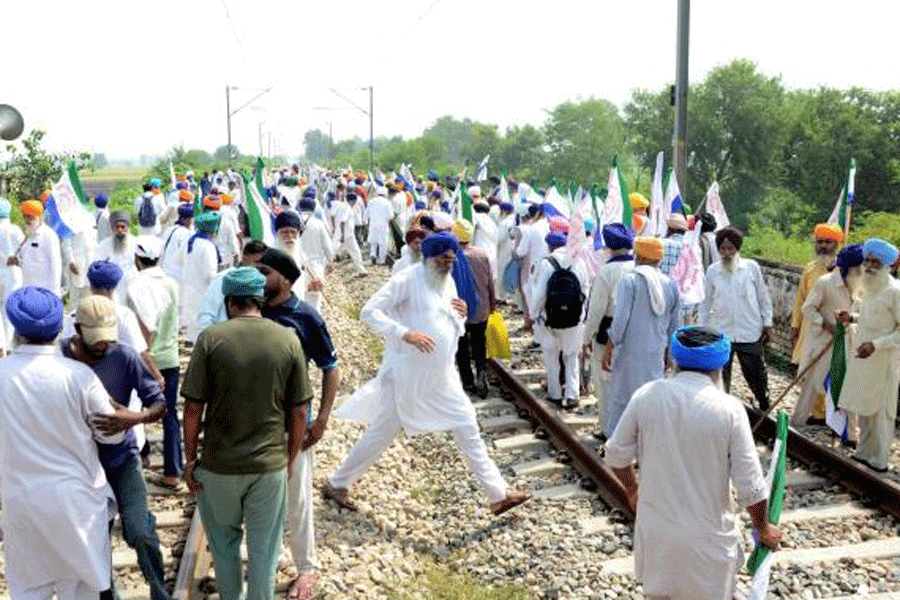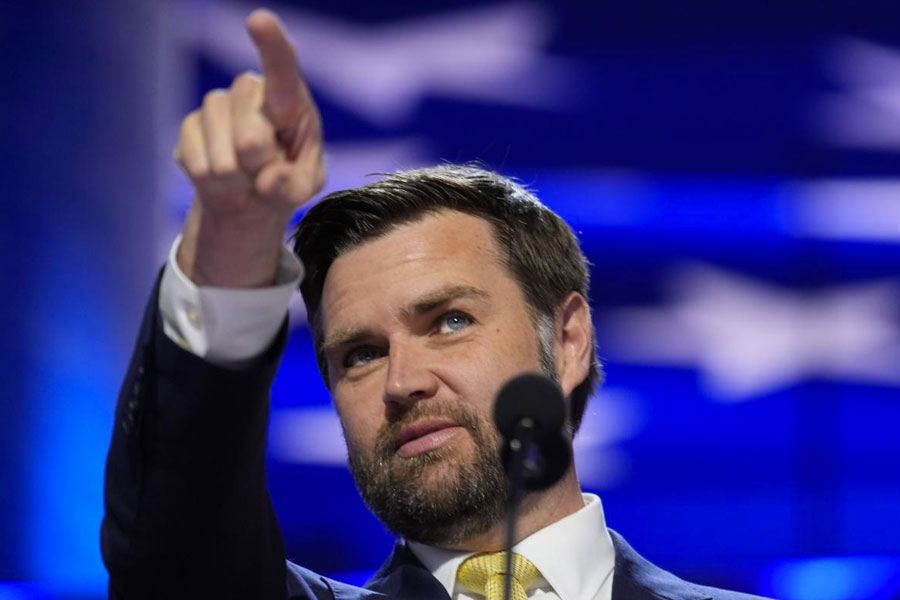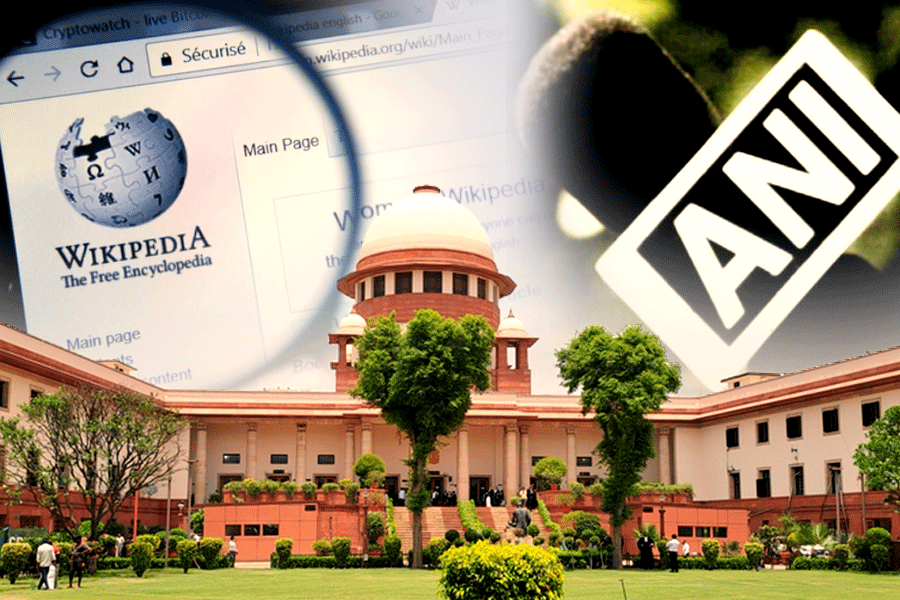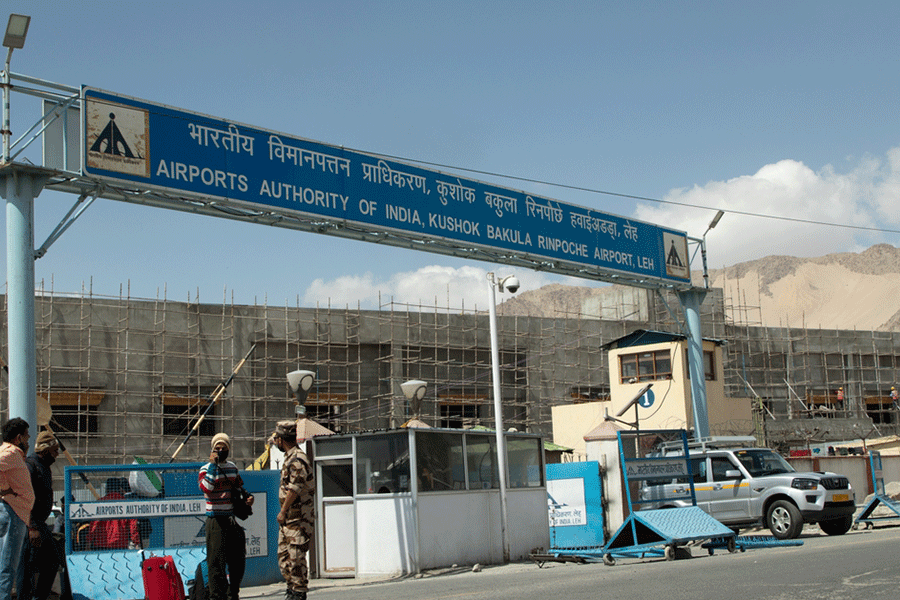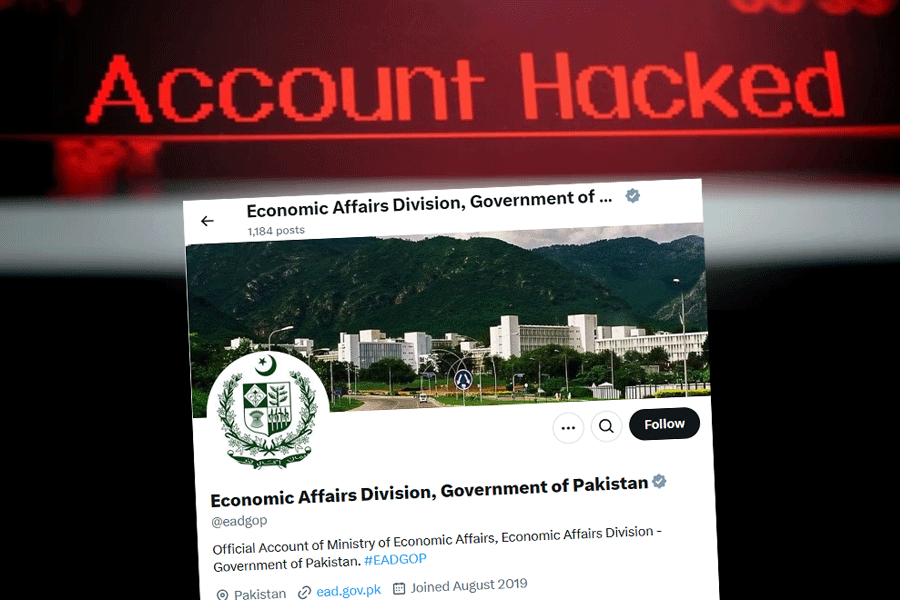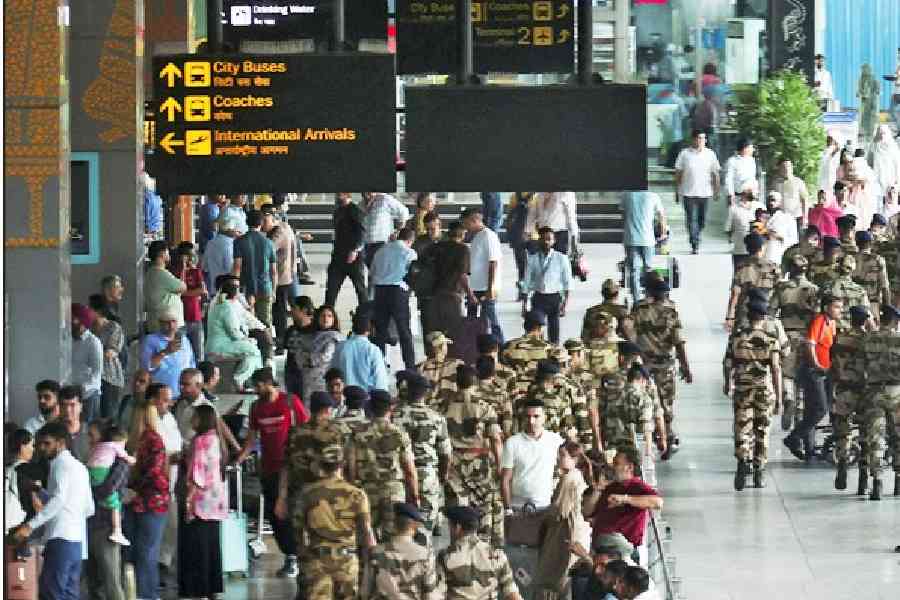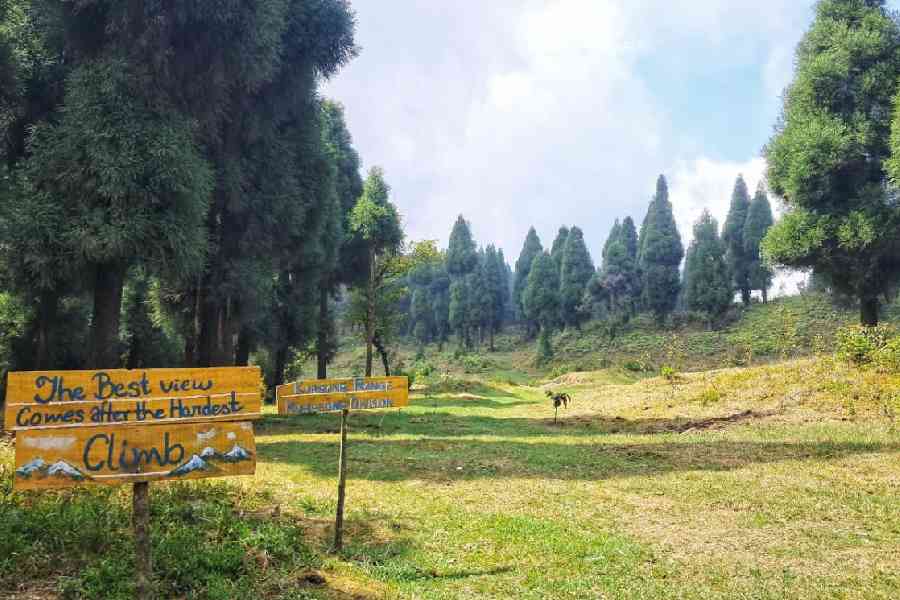During his first trip to India as Canada’s Prime Minister in 2018, Justin Trudeau made a visit to Punjab, where he got a photo op in full Punjabi dress at the Golden Temple.
He also got, courtesy of the Indian government, an earful of grievances — and a list of India’s most-wanted men on Canadian soil.
The killing this summer of one man on that list, Hardeep Singh Nijjar, has turned into a diplomatic war between India and Canada. Trudeau claimed this month that Indian agents had orchestrated the assassination inside Canada. India rejected the assertion and accused Canada of ignoring its warnings that Canadian Sikh extremists like Nijjar were plotting violence in Punjab.
But beyond the recriminations, a more complex story is unfolding in Punjab, analysts, political leaders and residents say. While the Indian government asserts that Canada’s lax attitude towards extremism among its politically influential Sikhs poses a national security threat inside India, there is little support in Punjab for a secessionist cause that peaked in deadly violence decades ago and was snuffed out.
Violence in Punjab that the government of Prime Minister Narendra Modi attributes to Sikh separatists is, in fact, mostly gang-related, a chaotic mix of extortion, narcotics trafficking and score-settling. The criminal masterminds, often operating from abroad, take advantage of economic desperation in a state where farmers are crushed by rising debt and many youths lack employment or direction — problems compounded by a feeling of political alienation in minority Sikh communities.
For Modi, the pursuit of a small but noisy assemblage of criminals in a faraway country — India had been pushing for the extradition of 26 before Nijjar’s death — and the amplification of the separatist threat provide an important political narrative ahead of a national election early next year.
It furthers his image as a strongman leader who will go to any extent to protect his nation. It has prompted even some of his staunchest critics to rally around him in the face of Canada’s accusation. And it offers a fresh threat to point to after Modi capitalised on violent militancy emanating from Pakistan before the last election, in 2019, to create a political wave.
Stoking the threat of Khalistan as a national issue once again has pushed India’s 25 million Sikhs into a difficult space. Old wounds of prejudice against them have been reopened, and they now find themselves in the middle of a diplomatic clash that separates them from family in the large Sikh diaspora.
For the BJP, there is little cost in an exaggerated portrayal of security risks in a minority community, analysts say.
The party has tried to court Sikhs as a constituency, seeing them as part of the extended Hindu family. But Sikhs have vehemently opposed that effort, viewing it as an attempt to erase their unique identity — both as a community and as followers of a religion they consider distinct. Sikhs were a dominant part of the farmers’ movement in 2021 that gave Modi the biggest political challenge of his decade in power, forcing him into a rare concession, with Parliament repealing laws intended to open agriculture to market forces.
Whenever Punjabis have felt unheard and angry in recent years, they have voted out their government, not pursued separatism. In 2022, that discontent was so widespread that Punjab voted for none of the old parties that had previously governed it. Instead, it voted into power the AAP because it promised better governance — improved schools and health care.
“There is no Khalistan movement as such,” said Surinder Singh Jodhka, a professor of sociology at the Jawaharlal Nehru University in New Delhi. “But there is a sense that somehow justice is not done to us.”
Khalistan has remained largely a diaspora issue, with proponents of violently pursuing the cause making up a tiny minority. To the extent that Sikhs in Punjab talk about separatism, it is in opposition to a national ruling party and its sister organisations, some with their own trail of violence, that speak openly about their desire to turn India into a Hindu state.
The Khalistan separatist movement, which dates in earnest to before the birth of post-colonial India in 1947, reached a bloody climax in the 1980s, when a group of militants violently took over the Golden Temple to push their cause. The wave of separatist violence at the time included the bombing of an Air India flight, en route to London from Toronto, that killed more than 300 people. Afterwards, as the separatist violence fizzled out.
But Khalistan remained a preoccupation of some Sikhs in countries like Australia, Britain and the US. Canada, with more than 770,000 Sikhs, has the largest Sikh population outside India. A large number of them left India during the separatist violence, or the years immediately after it, carrying wounds that fuelled their Khalistani advocacy.
“They don’t even have funds, and they can’t come here because they are banned in India, but they try to provoke people on social media,” said Paramjit Singh, 45, a truck driver in Jalandhar.
As Modi’s lieutenants grew frustrated with the Sikh-led farmer protests in 2021, they often labelled the protesters as Khalistanis stoked by outside forces. “Modi is playing this politics for votes,” said Kamaljit Singh, a farmer from the outskirts of Jalandhar who participated in the protests. “We are caught in the middle.”
New York Times News Service

